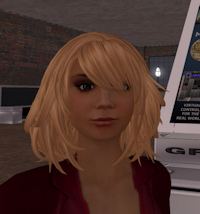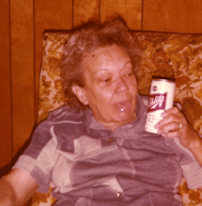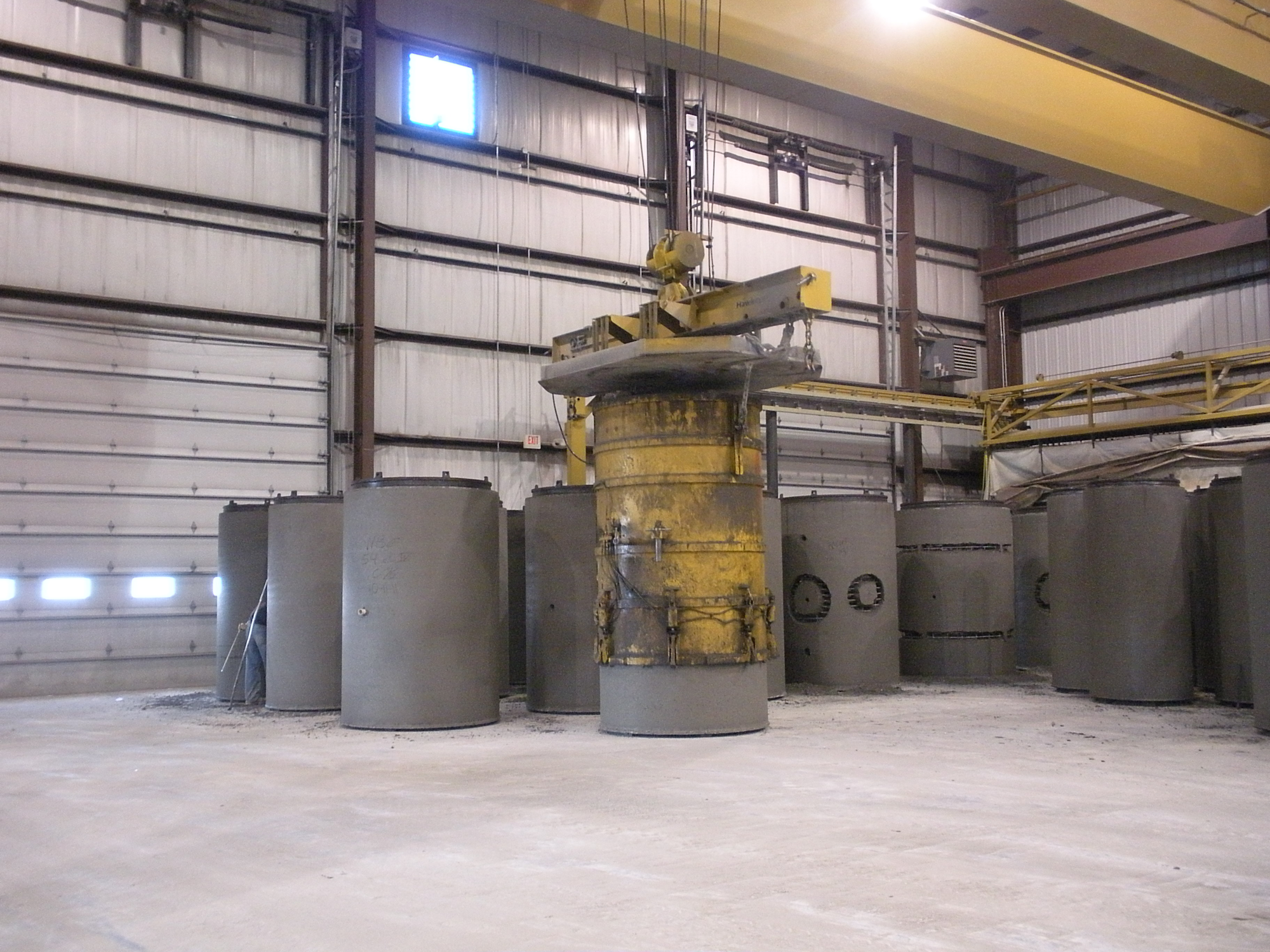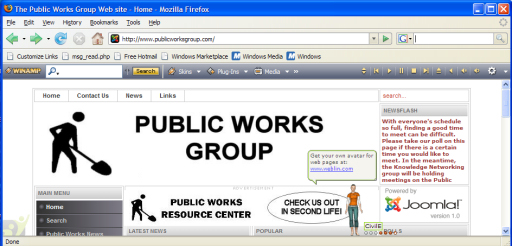A couple weeks ago, my friend and colleague, Martin Brown, sent me an invitation to join The Foresight Network – a network according to their site: "helps members listen, learn and to help each other anticipate change, explore next practice, find new opportunities to collaborate and to co-create the future." As anyone who has read my blog knows, I am very interested in using online tools such as these networks to meet others in my field or related industries. So I immediately accepted the invitation and uploaded the information that I have on all the other networks that I have joined.
Up to today, I had looked forward to my participation in this network. There appeared to be other government professionals and the chance to really discuss how we are moving forward in so many areas. This is the type of network I had been waiting for I thought. I had even met a woman from Australia who is planning a virtual event in Second Life that is more focused on my industry and very much looked forward to continuing a business relationship with her. However, today I received a message from the network's creator that the picture I used in my profile (which is of my Second Life avatar) was not acceptable to the other professionals, and I should instead use a real life photo.
Now, I have been visiting online forums, wikis, blogs, networks, etc, for quite some time as does my husband. They cover all topics and interests, and I have seen many different types of "avatars" or profile photos used by people. Not once have I ever heard that someone was told they had to use a real life photo. And the fact that someone who is trying to cultivate an online community that is focused on discussing and shaping the future is telling its members they have to use a real photo in order to be considered professional brings up many points for discussion.
First I want to point out that I completely understand the need to keep people from using photos that they would not show their mother, or using photos that are in direct opposition to the focus of the group (such as using a pro gun image on a gun control site). In my case, both of these issues did not apply.
So, one of the points is, how long are we going to insist on judging people based on how they physically look? I would have thought that the proliferation of online sites and discrimination suits was helping us move beyond that. I think this is a benefit of virtual worlds – everyone is judged only on their mind and their work. Not based on age, color, male/female, size, etc. Some people have said, well how do you really know they are who they say they are? I want to always ask, how do you know someone you just met on the street is who they say they are? They could be lying just as someone online could be lying. If I meet someone at an event, I don't ask to see their ID or call their employer to make sure they work there. I take their word. Why would we do otherwise online?
And anyway, in both cases, most people can be checked out through a quick search on Google. If you Google me, it appears there are two Pam Broviak people – one in Illinois (me) and one in Minnesota. If you are reading about a Pam Broviak who bowls and works in IT in Minnesota, that is not me. If you read about someone who is a registered professional engineer (which can be verified on the State of Illinois Web site) and who has written some articles, one of which was published in a book, and works at a city, that is me. All of this can be found online.
What I hesitate to put online is a real photo, although there are a few if you know specifically where to look. And here is a little story to tell you why: Last year we had some issues with our city Web site which eventually led me to a conversation with someone who made a very cryptic remark. He said something like, "I sure hope you don't have any photos of yourself or your family on the Internet." Then he went on to explain why and what people do with them. That was enough to make me more cautious about displaying myself all over the place for anyone to stumble across. And anyway, I spend all my time taking photos of my family and construction sites – this leaves little time to try to get my own photo taken. It is so much easier to use a representative picture.
The next point I wonder about is do you need to use a real life photo to be considered professional? Obviously for me, I don't care what anyone uses as long as it is something they would show their mother – I try to judge people based on their work and efforts. However, it would be interesting to see the opinions of others.
There are many other discussion points that could come of this, but what amazed me most of all was that this group was advertising that its focus was on shaping the future; unfortunately the outcome of this was that I felt that my vision of the future would not be acceptable to or even considered by them so I ended up leaving the network. And anyway, I can always talk to Martin in Second Life.




